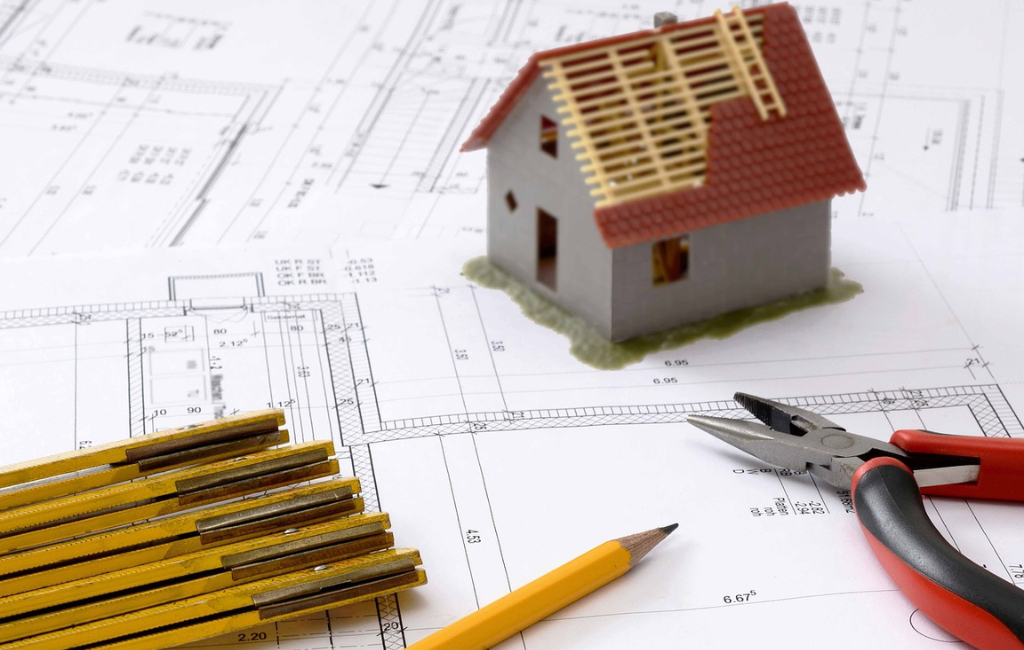Architect in Modern Building Design

Architect in Modern Building Design
The role of architects in contemporary building design has evolved significantly over the years. With advancements in technology, changing societal needs, and a growing emphasis on sustainability, architects are at the forefront of shaping the built environment. This article explores the multifaceted role of architects in modern building design, highlighting key trends, challenges, and innovations.
The Evolving Role of Architects
Traditionally, architects were primarily responsible for the aesthetic and functional aspects of building design. Today, their role encompasses a broader range of responsibilities, including project management, sustainability, and community engagement. This shift reflects the increasing complexity of modern construction projects and the need for interdisciplinary collaboration.
Interdisciplinary Collaboration
Modern building projects often require input from various disciplines, such as engineering, environmental science, and urban planning. Architects must work closely with these professionals to ensure that all aspects of a project are integrated seamlessly. This collaborative approach helps to address complex challenges and deliver innovative solutions.
Sustainability and Environmental Considerations
With growing awareness of environmental issues, sustainability has become a central focus in building design. Architects are tasked with creating structures that minimize environmental impact while maximizing energy efficiency. This involves the use of sustainable materials, renewable energy sources, and innovative design techniques.
- Use of recycled and locally sourced materials
- Incorporation of green roofs and walls
- Implementation of passive solar design
- Integration of rainwater harvesting systems
Technological Innovations in Architecture
Technology plays a pivotal role in modern architecture, offering new tools and methods for design and construction. From computer-aided design (CAD) software to building information modeling (BIM), technology has transformed the way architects work.
Building Information Modeling (BIM)
BIM is a digital representation of the physical and functional characteristics of a building. It allows architects to create detailed 3D models that can be used for analysis, simulation, and collaboration. BIM enhances accuracy, reduces errors, and improves communication among project stakeholders.
3D Printing and Prefabrication
3D printing and prefabrication are revolutionizing the construction industry. These technologies enable the production of complex building components with precision and efficiency. Architects can experiment with innovative designs and materials, leading to more sustainable and cost-effective construction methods.
Case Studies: Innovative Architectural Projects
Several contemporary architectural projects exemplify the innovative approaches being taken in modern building design. These projects highlight the diverse ways architects are addressing current challenges and pushing the boundaries of design.
The Edge, Amsterdam
The Edge is a prime example of a sustainable office building. Located in Amsterdam, it is often referred to as the greenest building in the world. The design incorporates advanced technologies, such as smart lighting systems and energy-efficient climate control, to create a highly sustainable work environment.
Vancouver House, Canada
Vancouver House is a striking residential tower that challenges traditional architectural norms. Its unique twisting design maximizes natural light and views while minimizing its footprint. The project demonstrates how innovative design can enhance urban living and contribute to a city’s architectural identity.
Challenges Facing Modern Architects
Despite the advancements in technology and design, architects face several challenges in the modern era. These challenges require creative problem-solving and adaptability to navigate successfully.
Balancing Aesthetics and Functionality
One of the primary challenges for architects is finding the right balance between aesthetics and functionality. While a building must be visually appealing, it must also meet the practical needs of its users. Achieving this balance requires a deep understanding of both design principles and user requirements.
Addressing Urbanization and Population Growth
Rapid urbanization and population growth present significant challenges for architects. As cities expand, there is a growing demand for efficient and sustainable housing solutions. Architects must design buildings that accommodate increasing populations while preserving the quality of life and minimizing environmental impact.
Conclusion
Architects play a pivotal role in shaping the built environment, addressing complex challenges, and driving innovation in building design. Through interdisciplinary collaboration, technological advancements, and a focus on sustainability, architects are redefining what is possible in modern construction. As the world continues to evolve, architects will remain at the forefront of creating spaces that are not only functional and beautiful but also sustainable and resilient.